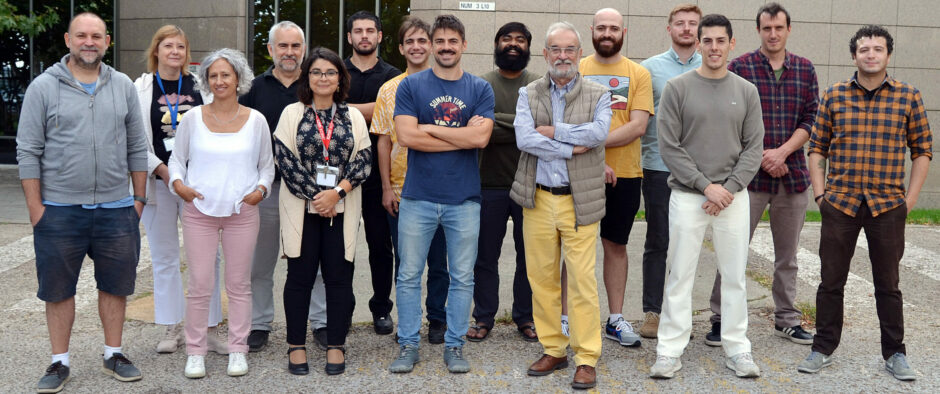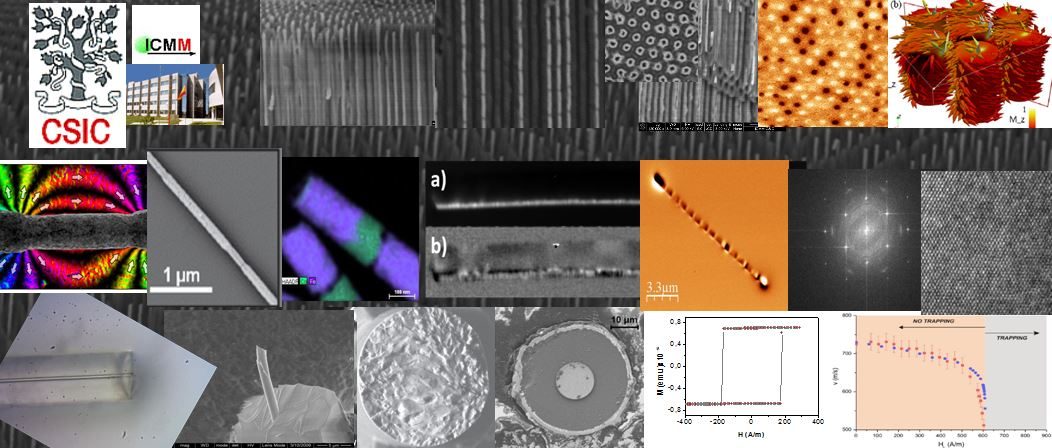PROJECT TITLE: Smart metal air scavengers: extending lifetime in autonomous powered systems
MAIN RESEARCHERS: Rafael Pérez del Real
REFERENCE: PLEC2022-009203
FUNDED BY: Ministerio de Ciencia e Innovación
SINCE: Dec 2022 TO: Nov 2025
BUDGET: 109.000€
ABSTRACT: Focusing on principles that enable new levels of functionalities in autonomous powered systems such as sensing, wireless charging, and self-healing rather than on specific material classes related to particular chemistry found in current technology such as primary microbatteries, the development of Smart Metal Air Scavengers (SMAS) will transcend the functioning of the current state of the art devices. We will tackle the current technology shortcomings such as charge irreversibility, poor autonomy, degradation, and electronic conductivity losses of their components, by developing new active materials and structures integrated into a versatile 2D layered stack configuration, with the ability to store a high amount of electricity, by using oxygen from air paired with high-capacity anodes, extending the lifetime of the powered autonomous systems.
Driven by the application of an electric field, the atomic and molecular interactions in these innovative energy materials will modulate new and dynamic multifunctionality in the same material air cathode component. For example, with the ability to reversibly switch from redox stimuli to electronic transport, boosting the oxygen evolution reaction, thus favoring the reversibility of the charge storage. SMAS will also develop ferromagnetic nanoparticles that will be into the air cathode support, so the local magnetic field might enhance currents, smooth metal electrodeposition and eventually wireless charge, thus enhancing the performance of the autonomous systems. Besides, the incorporation of intelligent behavior in complex and functional organic-based polymer assemblies will allow the reversible spatial and temporal self-organization in new dynamic single-ion conducting electrolytes able to self-heal, critical for the lifetime of the autonomous systems. These new functionalities will allow increasing the autonomy and lifetime of high-energy density electrochemical metal air scavengers. The new components within the optimized metal-air cell geometries will lead to a step change in energy storage performance, making it truly attractive for large-scale commercialization. SMAS will bring materials chemistry to the next level of fundamental knowledge that may open up new prospects for advanced energy storage and profound impacts on related emerging technologies. Applications will go from small scale as powering IoT, equipment answering the demand of billions of Internet-connected devices, wearable electronics, satellites, robots, and medium scale as Telecom, transportation or domestic needs storing a massive amount of energy from renewable sources like solar and wind in order to have available energy 24/7, to large scale as megawatt facilities.
Our strategy is strongly supported by the participation of two public research centers, one university, and two industrial partners who foresee the identification and creation of advanced materials and their characterization as well as their implementation into an adaptable configuration of superior energy storage performance to power autonomous systems. SMAS is highly interdisciplinary, the participating organizations within the project consist of groups with world-renowned expertise in the fields of energy storage, organic and polymer materials chemistry, inorganic synthesis, physics, magnetism, and industrial fabrication of advanced materials at large scale. Scientific collaborations already exist between some of the research groups and there are mechanisms in place to jointly manage and organize larger research and technological programs. All network partners have previously participated in, and several have even coordinated, national or international research networks allowing us to call upon an extensive experience to efficiently and successfully address the multiple duties and responsibilities within the consortium.


